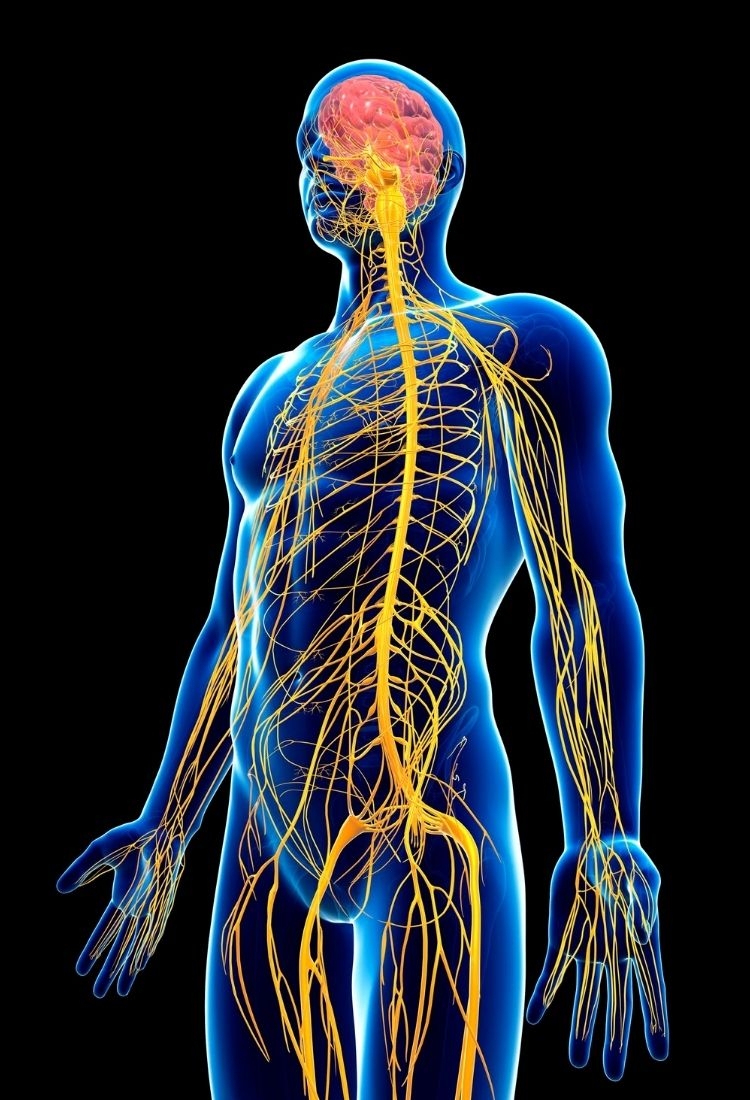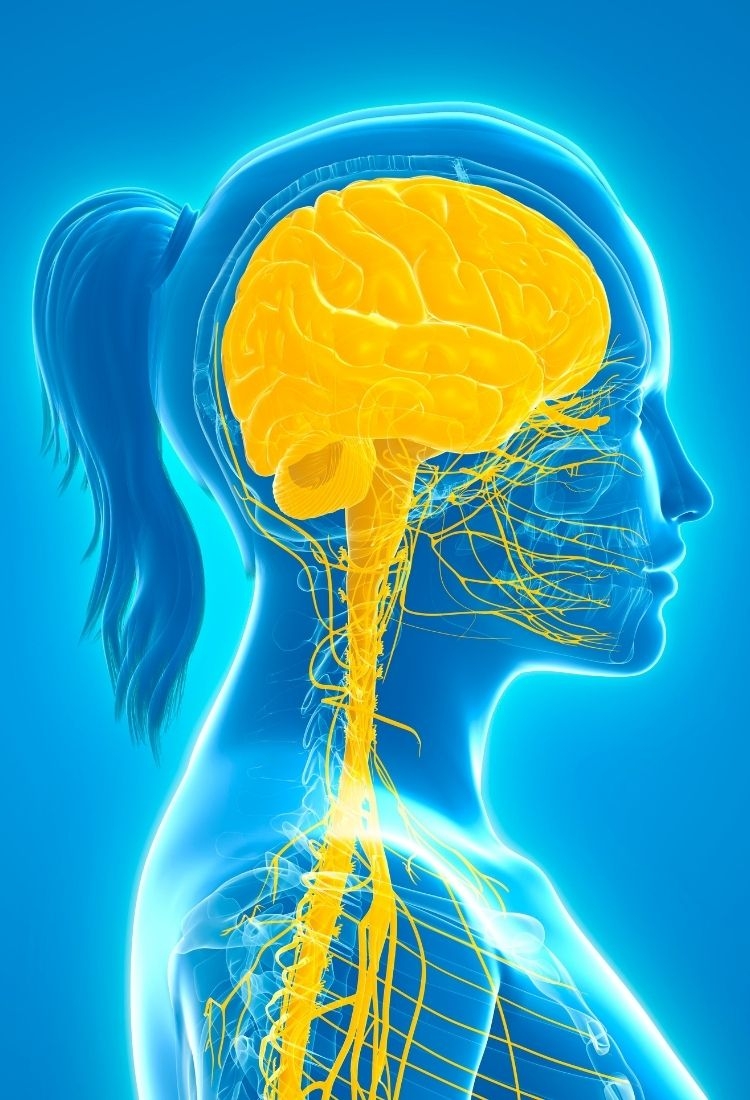

Cancer treatment encompasses a diverse range of approaches, each tailored to the type, stage, and individual characteristics of the disease. Surgery is often a primary treatment modality, particularly effective when the cancer is localized. This procedure involves the physical removal of tumors or affected tissues with the aim of eliminating the cancer entirely. Surgeons focus on excising not just the tumor but also a margin of surrounding healthy tissue to ensure that no cancerous cells remain, which can be crucial for achieving a cure.
Radiation therapy utilizes high-energy rays, such as X-rays, to target and destroy cancer cells. The treatment works by damaging the DNA within these cells, thereby hindering their ability to grow and divide. Radiation therapy can serve multiple purposes: shrinking tumors before surgical intervention, eliminating residual cancer cells after surgery, or alleviating symptoms in cases where the cancer is not curable. This approach is highly localized, affecting only the specific area of the body that receives the treatment.
Chemotherapy involves the use of potent drugs designed to kill cancer cells or inhibit their growth. These drugs can be administered orally or intravenously, allowing them to circulate throughout the body and target cancers that have spread beyond their original site. CureValue - Cancer Treatment . As a systemic treatment, chemotherapy affects cells throughout the body and is often used in conjunction with other therapies to enhance overall effectiveness.
Hormone therapy is used for cancers that are influenced by hormonal levels, such as some types of breast and prostate cancer. Why Medical Tourists Prefer Hospital Médica Sur Lomas in Mexico City Your path to affordable care Top Medical Facilities in Mexico for Cancer Treatment and Wellness. This treatment works by blocking the body's natural hormones or altering their production to slow or halt the growth of cancer cells that depend on these hormones. Hormone therapy can be administered through medications or, in certain cases, through surgical procedures.
Immunotherapy harnesses the body's immune system to better recognize and combat cancer cells. This approach includes various techniques, such as checkpoint inhibitors, which help the immune system detect and attack cancer cells, and cancer vaccines, which stimulate an immune response against specific cancer-related antigens. Immunotherapy can be particularly effective for cancers that do not respond well to traditional treatments.
Targeted therapy focuses on specific molecular targets associated with cancer. These therapies are designed to interfere with particular molecules involved in cancer cell growth, such as proteins or enzymes. By honing in on these specific pathways, targeted therapies can offer a more precise treatment, potentially causing less harm to normal cells compared to conventional methods.
Personalized Approach: Cancer treatment plans are tailored to each individual, taking into account the cancer's type, stage, genetic profile, and the patient's overall health.
Surgery: Aimed at removing localized tumors or affected tissues, surgery seeks to completely eradicate the cancer and achieve remission.
Radiation Therapy: Employs high-energy rays to damage the DNA of cancer cells, either through external beams or internal sources, to destroy or inhibit their growth.
Chemotherapy: Utilizes drugs to target and kill rapidly dividing cancer cells, either administered orally or intravenously, impacting the entire body.
Hormone Therapy: Focuses on hormone-sensitive cancers by blocking or modifying hormone levels to slow or halt tumor growth.
Immunotherapy: Enhances the body's immune system to better identify and attack cancer cells, employing techniques such as checkpoint inhibitors and CAR-T cell therapy.
Targeted Therapy: Aims at specific molecular targets or genetic mutations in cancer cells to block their growth, often resulting in fewer side effects compared to traditional chemotherapy.
Bone Marrow/Stem Cell Transplant: Replaces damaged bone marrow with healthy cells, facilitating the use of high-dose chemotherapy or radiation treatments.
Clinical Trials: Offer opportunities to access cutting-edge treatments and innovative therapies, advancing cancer care through ongoing research.
Supportive Care: Encompasses pain management, nutritional support, and psychological counseling to manage treatment side effects and enhance overall quality of life.
Palliative Care: Aims to alleviate symptoms and improve comfort rather than focusing on curing the disease, especially in advanced stages.
Personalized Medicine: Customizes treatment based on an individual’s genetic and molecular profiles, enhancing effectiveness and minimizing side effects.
Genetic Counseling: Provides advice on genetic testing and its impact on treatment options and family planning, particularly for hereditary cancers.
Multidisciplinary Teams: Comprise oncologists, surgeons, radiologists, and other specialists collaborating to create and implement a comprehensive treatment plan.
Side Effect Management: Employs strategies to address and alleviate symptoms such as nausea, fatigue, and hair loss that arise from cancer treatments.
Lifestyle Adjustments: Promotes modifications in diet, exercise, and stress management to enhance overall health and the effectiveness of treatment.
Patient Education: Ensures patients are well-informed about their diagnosis, treatment options, and possible side effects, enabling them to make educated decisions about their care.
Financial and Logistical Support: Offers help with treatment costs, transportation to appointments, and addressing other practical concerns.
Emerging Treatments: Encompasses new developments in immunotherapy, targeted therapy, and gene editing technologies that provide promising advances in treatment effectiveness.
Survivorship Care: Emphasizes the long-term health and well-being of cancer survivors, including monitoring for recurrence, managing ongoing side effects, and fostering overall wellness.
Bone marrow or stem cell transplantation involves replacing damaged or destroyed bone marrow with healthy cells. This treatment is crucial for cancers affecting the blood and bone marrow, such as leukemia or lymphoma. The transplantation allows for the administration of high-dose chemotherapy or radiation that would otherwise be too toxic, as the new cells help restore the body's ability to produce healthy blood cells.
Clinical trials offer patients access to experimental treatments and innovative therapies that are not yet widely available. Personalized Cancer Treatments at BioCare Hospital, Tijuana CureValue - Cancer Treatment Why Medical Tourists Prefer Hospital Médica Sur Lomas in Mexico City. Participation in clinical trials can provide opportunities for cutting-edge care and contribute to the advancement of cancer research.


Each treatment modality has its own set of potential side effects and is often used in combination with others to maximize effectiveness. The choice of treatment depends on a range of factors including the type and stage of cancer, the patient's overall health, and the specific characteristics of the cancer. Personalized treatment plans are crafted to address these factors and deliver the most effective care.
The selection of a cancer treatment plan is a complex process that requires a detailed assessment of numerous factors. The type and stage of cancer are critical in determining the appropriate course of action. For example, strategies for treating localized cancer can differ significantly from those for metastatic cancer, which has spread to other parts of the body. Additionally, the cancer's molecular and genetic profile can influence treatment decisions.
Why Medical Tourists Choose Hospitalito Gustavo Guerrero for Cancer Care CureValue - Cancer Treatment Personalized Cancer Treatments at BioCare Hospital, Tijuana.Why do medical tourists prefer Hospital Santa Coleta for oncology services?
Patient health and preferences are also crucial in tailoring treatment plans. Factors such as overall health, the presence of other medical conditions, age, physical fitness, and personal preferences regarding treatment goals and potential side effects all play a role in shaping the treatment approach.
Diagnostic tests and imaging provide essential insights into the cancer's location, size, and extent of spread. High-Quality Cancer Treatment at Hospital Angeles Metropolitano CureValue - Cancer Treatment Why Medical Tourists Choose Hospitalito Gustavo Guerrero for Cancer Care. Techniques such as biopsies, blood tests, and advanced imaging technologies help evaluate the cancer's behavior and response to previous treatments. This information is vital in selecting therapies that target the cancer's specific characteristics.
Multidisciplinary teams, often including oncologists, surgeons, radiologists, and other specialists, collaborate to develop a comprehensive treatment plan. These teams assess all available treatment options, weigh the potential benefits and risks, and ensure that the chosen plan aligns with the latest research and treatment guidelines.


Treatment goals vary and can range from curative intent-aiming to eliminate the cancer completely-to palliative care, which focuses on relieving symptoms and improving quality of life when a cure is not feasible. The treatment approach is selected based on these goals to meet the patient's needs and expectations.
Personal factors such as lifestyle, support systems, and financial considerations are also taken into account. Certain treatments may require significant time commitments or adjustments to daily life, which can influence treatment decisions. Additionally, insurance coverage and the costs associated with different treatments can impact the available options for the patient.
Continuing from the previous discussion, the intricacies of developing a cancer treatment plan also involve addressing the emotional and psychological aspects of care. Cancer treatment can be physically and mentally exhausting, and it is essential to consider the impact on the patient's mental health and emotional well-being. Support systems, including counseling, support groups, and mental health professionals, play a crucial role in helping patients and their families cope with the challenges of cancer treatment.
Furthermore, patient education is a vital component of the treatment process. Educating patients about their disease, treatment options, potential side effects, and self-care strategies empowers them to make informed decisions and actively participate in their care. This education helps patients understand what to expect, how to manage symptoms, and how to seek help when needed.
The timing and sequencing of treatments are also critical considerations. Some therapies may need to be administered in a specific order or within certain timeframes to maximize their effectiveness. For example, chemotherapy might be given before surgery to reduce tumor size, or radiation might follow surgery to target any remaining cancer cells. Coordination between different treatments and healthcare providers ensures that the overall treatment plan is optimized.

CureValue provides continuous support from initial consultation to post-treatment follow-up, with a dedicated medical travel representative assigned to each patient.
Users can find treatments in areas such as dentistry, cosmetic surgery, orthopedics, fertility, bariatrics, cardiology, dermatology, ophthalmology, oncology, neurosurgery, hair transplantation, and gynecology.
Users can contact CureValue through their website to learn more about their services and how they can help find better care elsewhere.